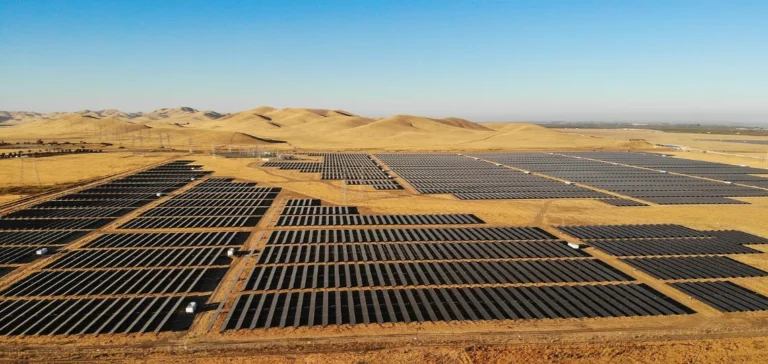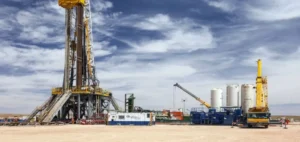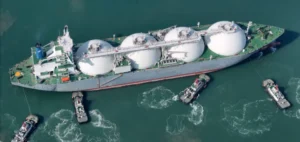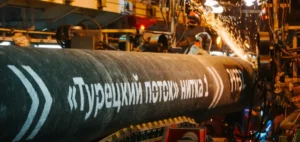Electricity generation from solar continues to expand in California, while output from natural gas declines, based on data collected between January and August 2025. Natural gas remains the largest electricity source over the entire period, but its drop—particularly during the sunniest hours—reflects a structural shift in the state’s energy mix.
Growth driven by utility-scale solar
California’s total electricity generation reached 140.9 billion kilowatthours (BkWh) between January and August 2025, an 8% increase compared to the same period in 2020. This growth is largely attributed to utility-scale solar plants, which generated 40.3 BkWh during the first eight months of the year, up from 22.0 BkWh during the same period in 2020. Year-on-year, output rose 17%, equivalent to an additional 5.9 BkWh.
This shift has reduced the role of natural gas in the energy mix. From January to August 2025, natural gas plants generated 45.5 BkWh, 18% less than in 2020. In 2021, output spiked temporarily due to drought-reduced hydroelectric production, but since then, gas-fired generation has steadily declined.
Midday solar generation displaces gas
Hourly data from the California Independent System Operator (CAISO) shows solar output peaking between noon and 5 p.m., with solar production increasing from 10.2 gigawatts (GW) in 2020 to 18.8 GW in 2025 during these hours. As a result, reliance on gas power during those periods has decreased.
CAISO changed its tracking methodology for natural gas in December 2023, making comparisons with earlier years invalid. However, post-2023 data confirms a decline in natural gas generation during midday, especially in May and June, when cooling demand is typically high.
Batteries extend solar impact into the evening
Between 5 p.m. and 9 p.m., battery storage charged by midday solar has gained a growing role. Output rose from less than 1 GW in 2022 to 4.9 GW in 2025. This volume of electricity, injected during peak evening demand, directly competes with thermal gas power, reducing its historical role as a peak-load solution.
The last major gas production spike occurred in 2021 at 63.5 BkWh, when drought conditions reduced hydroelectric output to 10.3 BkWh. Outside of such exceptional circumstances, current trends indicate a gradual substitution of gas by solar and storage, even during critical demand windows.






















